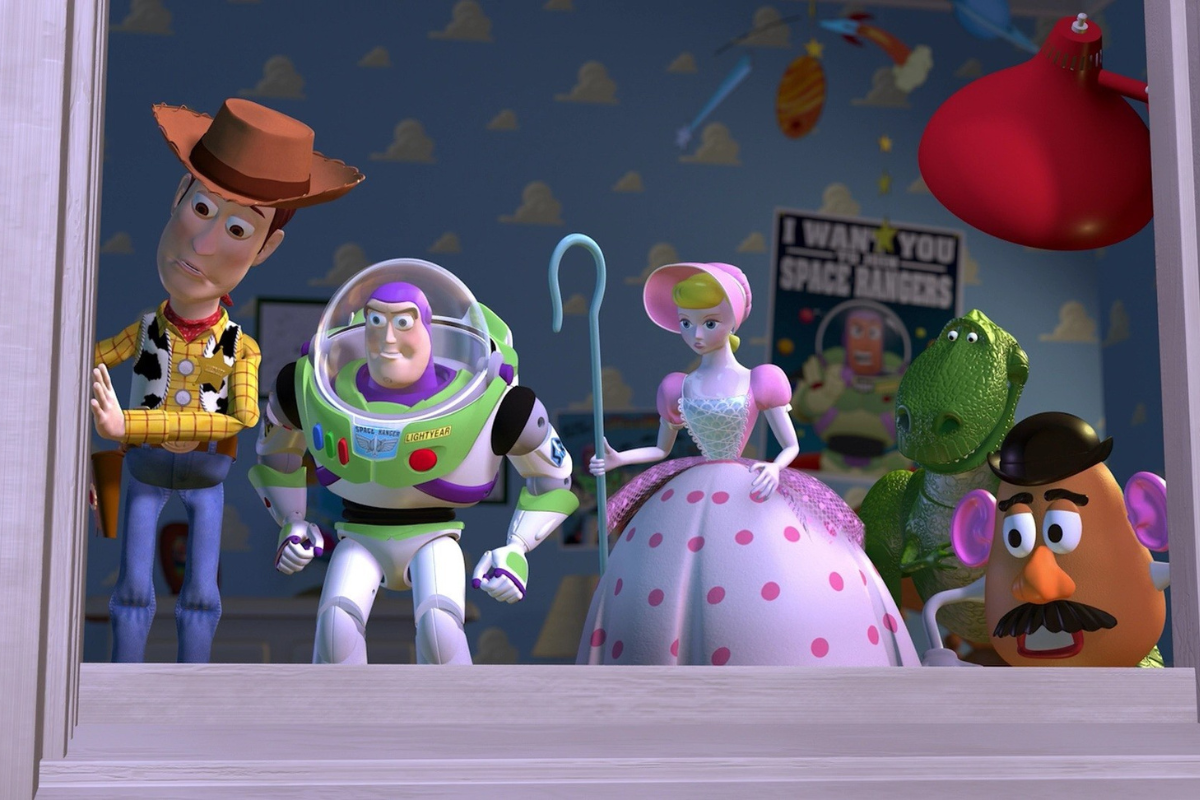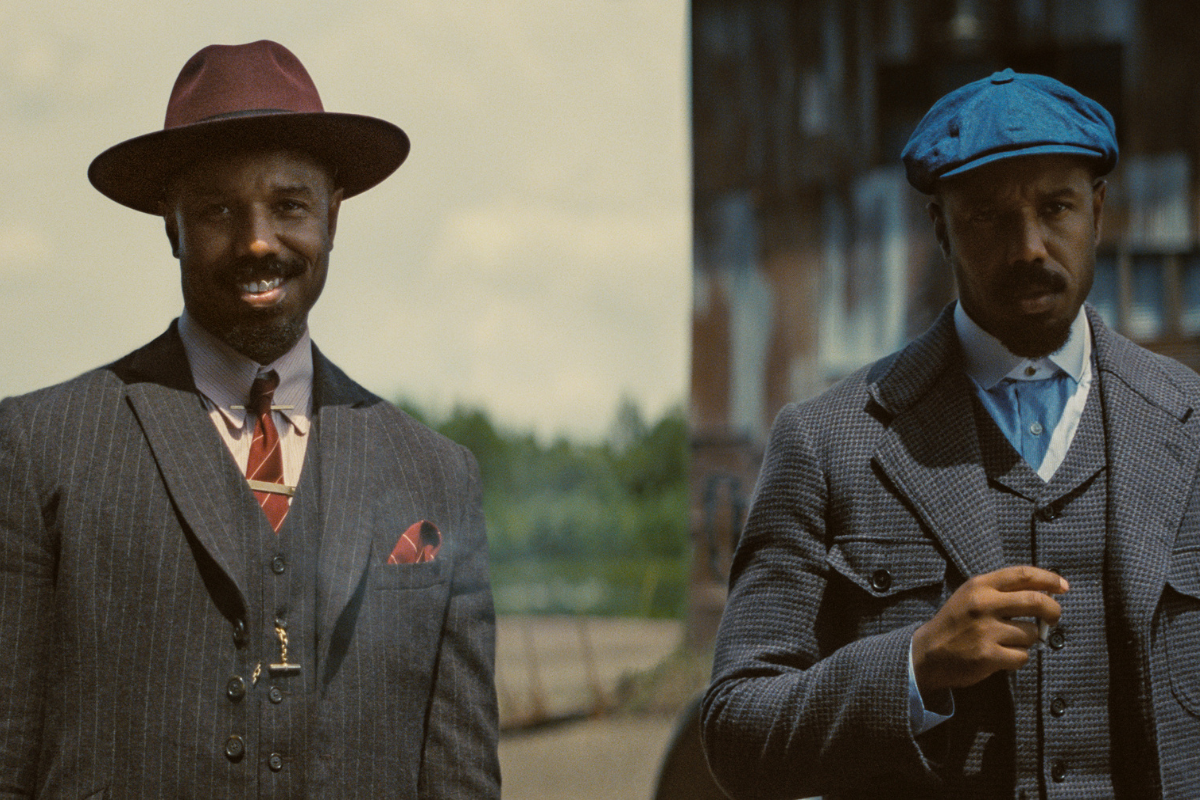Screenwriter’s Guidepost: Is Screenplay Structure Theory Ruining Movies?
Many writers follow some variation of three-act screenplay structure, while others feel the divisions are arbitrary and prefer to dive into a story without any guideposts.
Question: Is structure theory ruining movies? Should I still use it?
The value of structure theory has fueled almost as many conversations as the phrase “I’ve got an idea for a story.”
Arguments in favor: “It helps keep the story on track.” “When it works, it’s invisible.” “It’s what Hollywood wants.”
Arguments in opposition: “It leads to formulaic stories.” “It’s why most movies suck.” “It’s what Hollywood wants.”
Many writers follow some variation of three-act structure (beginning, middle, end), while others feel the divisions are arbitrary and prefer to dive into a story without any guideposts.
Some writers utilize “deeper structure” theories (sequences, midpoints, etc.), while others feel these approaches are a guaranteed ticket to predicable, lifeless stories.
Recently, I wrote a guest blog to commemorate the 4-year anniversary of Blake Snyder’s passing. I recalled a conversation Blake and I had at The Writers Store where I suggested Blake use classic films to illustrate how long the story beats he charted have been part of cinema.
I wanted the concepts Blake championed demonstrated in the black-and-white light of old movie masterpieces. Maybe for my own selfish film buff purposes. But also because I felt (and still feel) that Blake and others, like Syd Field, receive a lot of undeserved criticism for “ruining storytelling” by making films formulaic when the principles behind their lessons have existed arguably longer than film itself. They have been employed, with varying levels of intent and skill, by filmmakers and storytellers throughout history.*
The shortcomings of stories that feel predictable seem to me as the result of a lack of execution, or passion for the material, or sometimes just the lack of the magic that ideally results from the combination of all the elements involved in a film's production.
“The three-act structure is the form that I grew up in the theater with.”
--Paddy Chayefsky (Marty, The Hospital, Network; excerpt from The Craft of the Screenwriter)
Acts have been used to divide units of dramatic action since the Roman theatre, so it’s possible the debate goes way back. Books on the craft of writing screenplays have been around almost as long as the medium itself (see How to Write Photoplays by John Emerson and Anita Loos from 1920, or The Art of the Photoplay by Eustace Hale Ball from 1913).
All theories—from Aristotle's Poetics to Joseph Campbell's Hero with a Thousand Faces to Syd Field (Plot Points), Linda Seger (Turning Points), Christopher Vogler (12 Journey Stages) Blake Snyder (15 Beats), John Truby (22 Steps), to the classic Hollywood Sequence Approach popularized by Frank Daniel and Paul Gulino (AKA the mini-movie method)—in essence, are offering different perspectives on similar touchstones.
“In Act 1: you get your character up a tree. In Act 2: you throw rocks at him. In Act 3: you get him down from the tree.”*
--Billy Wilder* (Double Indemnity, Some Like it Hot*, The Apartment)
One person’s “Inciting Incident” is another’s “Catalyst” is another’s “Call to Adventure, just like one’s “First Revelation and Decision” is another’s “Crossing the First Threshold” is another’s “Break into Two.”
Even one person’s “three-act structure” is another person’s “four-act structure.”
Meanwhile, some writers don't use anything but the most basic parameters to get started. They just want a clear and strong spine (AKA through-line) that allows them to work through the characters and plot to find the story's perfect shape in the process.
In the new book Cut to the Chase, a respected veteran TV writer offered this:
“The purpose of story structure… is to design into your story as much unpredictability as possible… even if it builds to a logical but emotional conclusion... The purpose of structure, however, is not simply to hit some preordained benchmarks that give your script the artificial imprimatur of Proper Screenplay Form.”
--Andrew Guerdat (The Jeffersons, Archie Bunker’s Place, Head of the Class)
Others avoid any sort of designations altogether:
“Most screenwriting is very formulaic writing, and the reason my stuff breaks away from that is that I’m just not interested in the formula. But maybe it’s in there in my head, and on some other level I do understand how I’m breaking away from it.”
--Charlie Kaufman (Adaptation, Eternal Sunshine of the Spotless Mind; from interview with Movie Maker magazine, 2004)
“What I think is the one trick pony is really the three-act kind of structure. Why do we think that we have to put rules on storytelling? Just because a Greek philosopher said two thousand years ago it has to be. Who says that on page 30, page 60, page 90 we always have to follow the same structure?”
--Guillermo Arriaga (21 Grams, Babel, The Burning Plain; from BAFTA lecture)
But even many of their stories fit the classic shape.* And nonlinear stories don’t necessarily lack three-act structure.
“Every movie needs to have a beginning, a middle and an end, but not necessarily in that order.”
--Jean Luc Godard (Breathless, My Life to Live, Weekend)
Regardless of if, or when, you choose to incorporate it, structure theory is just found patterns that we often use instinctively. That’s why so many films that weren’t written using the approach still fit the form.
For example:
Pulp Fiction: the three stories about one story serve as 3 acts with the “Pumpkin and Honey Bunny” scenes serving as bookends. The three stories each also have their own beginning, middle, and end.
Memento: the story being told backwards still features all the touchstones from Inciting Incidents to act breaks, both in its reverse order (Leonard solves the mystery of who killed his wife at the Catalyst which, puts him on a path to kill Teddy) and in chronological order (Teddy reveals to Leonard that he himself created a puzzle he could never solve at the Climax, which puts him on a path to kill Teddy), so that the story almost folds in on itself.
You can find it in Slumdog Millionaire, Goodfellas,Fight Club, and others.
This could be geek-out-worthy story crafting, or just the magic of story.
Other writers try to force something BIG on page 12 and page 25 and ignore the need for organic, emotional storytelling in the surrounding pages. These are the culprits that give theory a bad name. Just hitting page marks (most theories consider the marks proportionate to length and flexible) is not enough.
It just makes it easier for someone else to come in and misrepresent what is being taught to propagate their own theories. (We won’t mention names. You know who you are.)
You can see three-act structure anywhere—in the shape of a day, looking back on a period of history, or an anecdote, a joke, a song, or a magic trick.
Even this article.
Even a human life has a beginning, middle, and end—that doesn’t mean it’ll be predictable. Interestingly, the originality comes from the same sources: the world, the character, their goals, fears, obstacles, and choices. If the journey is organic, it will find its form.
Use whatever helps you, whether during the outline, or the rewrite, or during the process to identify something that just doesn't feel right, or never.
Bottom line: structure approach comes down to whatever serves the writer and their story on that particular day. The only wrong approach is one where someone (writer, guru, executive) claims their approach is the only correct one.
There are no rules. Whatever works for the story, works for the writer, and that matters more than anyone's story theory, or lack thereof.
Theory can be useful, but don’t be a slave to it.
…………………………………………………………………………………...................................................................
*The quote is sometimes attributed to Wilder’s (under-appreciated) writing partner IAL Diamond.
*For Billy Wilder’s structure breakdown of Some Like it Hotclick here.
*See Save The Cat! Goes to the Movies for a breakdown of how Eternal Sunshine of the Spotless Mind hits all the beats (without even trying).
*A recent Slate article posed the question of whether Blake Snyder’s theory was to blame for many of the lackluster movies released by Hollywood in the last few years. While there is much to say about such a topic, the bottom line is the STC was released in 2005, and we’ve been lamenting the inconsistent quality of film releases much longer. (See Robert Altman’s The Player for one example.)
If we want to point blame for disappointing, formulaic movies, we should blame ourselves. The audience dictates what makes money. As documented in Peter Biskind's book Easy Riders, Raging Bulls, it was the shift in the general audiences' movie choices that led to the Golden age of the 1970s, and later ended it.
While many other factors are at play (read producer Lynda Obst's Sleepless in Hollywood), more often than not, when we choose to see a summer tent pole (that has bad word of mouth) instead of The Way-Way Back or Blue Jasmine we are affirming Hollywood's direction, and shaping its structure for the time being.
Need Help Outlining Your First Draft? Get our FREE Story Structure Tips Download
Related Articles:
- More Screenwriter's Guidepost articles by Mario O. Moreno
- Reel Story: Why Story Structure Formulas Don't Work
- Storytelling Strategies: Fruitvale Station vs. Blake Snyder
- Balls of Steel: Script Consultants - Are They Worth It?
Tools to Help:
Mario is a Cuban-Colombian-American author, screenwriter, and former graffiti artist, Bronx-born, Miami-raised. He’s written stories for Columbia Pictures, Rabbit Bandini, and the National Institute of Cinema and Audiovisual Arts (INCAA). The grandson of legendary bandleader Belisario López, Mario dreamt of playing the bass. But his father went to prison for crimes involving the White House and the mob, and Mario ended up writing noirs about the American Dream. He’s also the Product Manager for Final Draft, driving the development of the industry-standard screenwriting software while advocating for storytellers. His new book “KILLA: A Mixtape Novella," adapted from his Austin Film Festival-finalist script is available for purchase at major online retailers and through select independent booksellers. Follow Mario on Twitter @MarioOMoreno37 and @PktScreenGD and Instagram at @mariomoreno37







